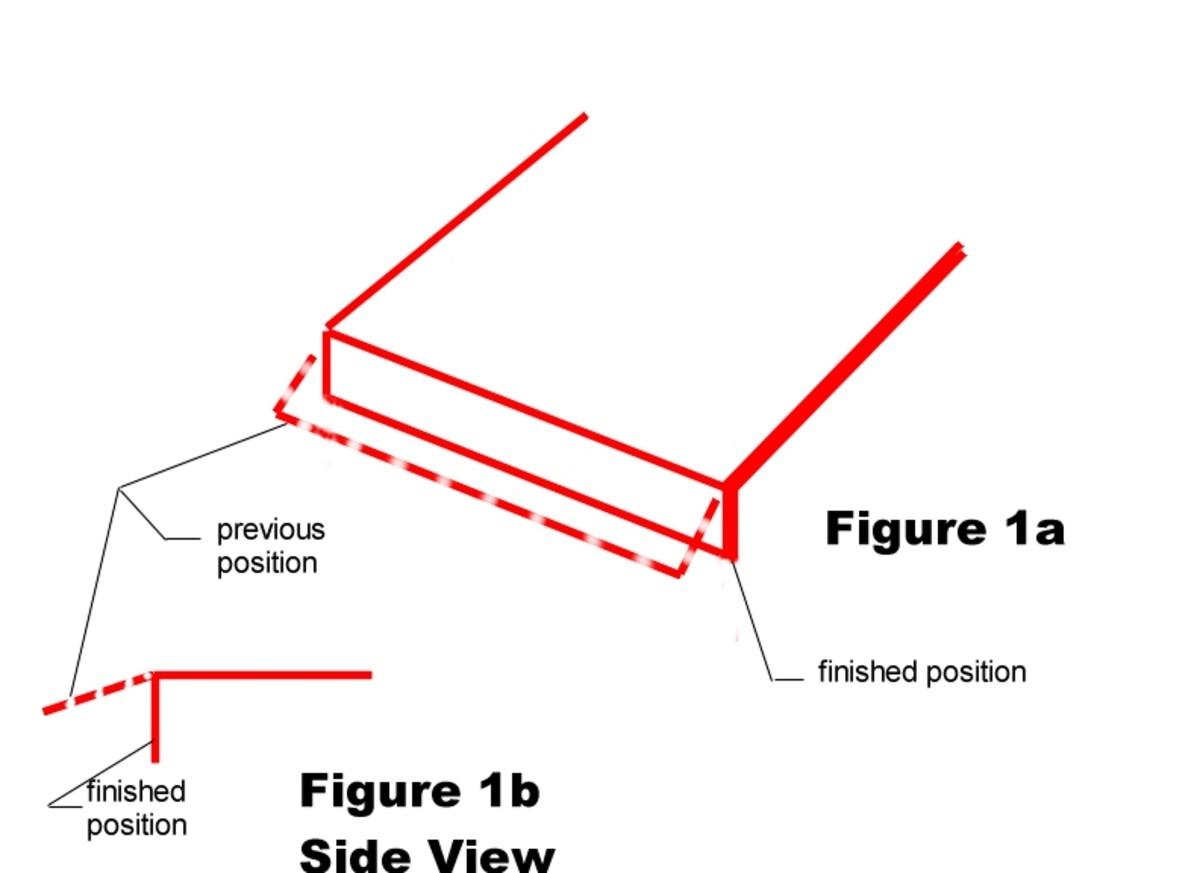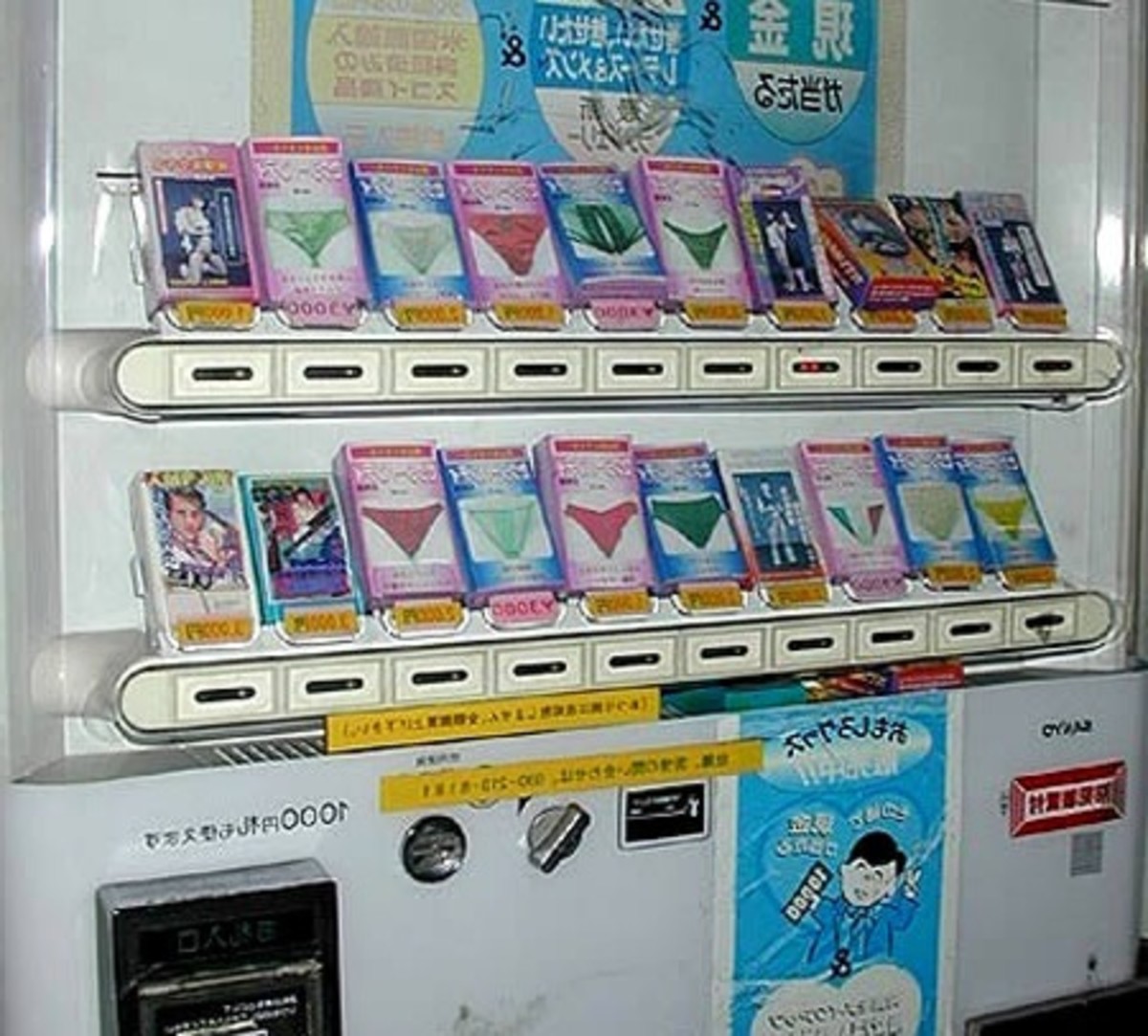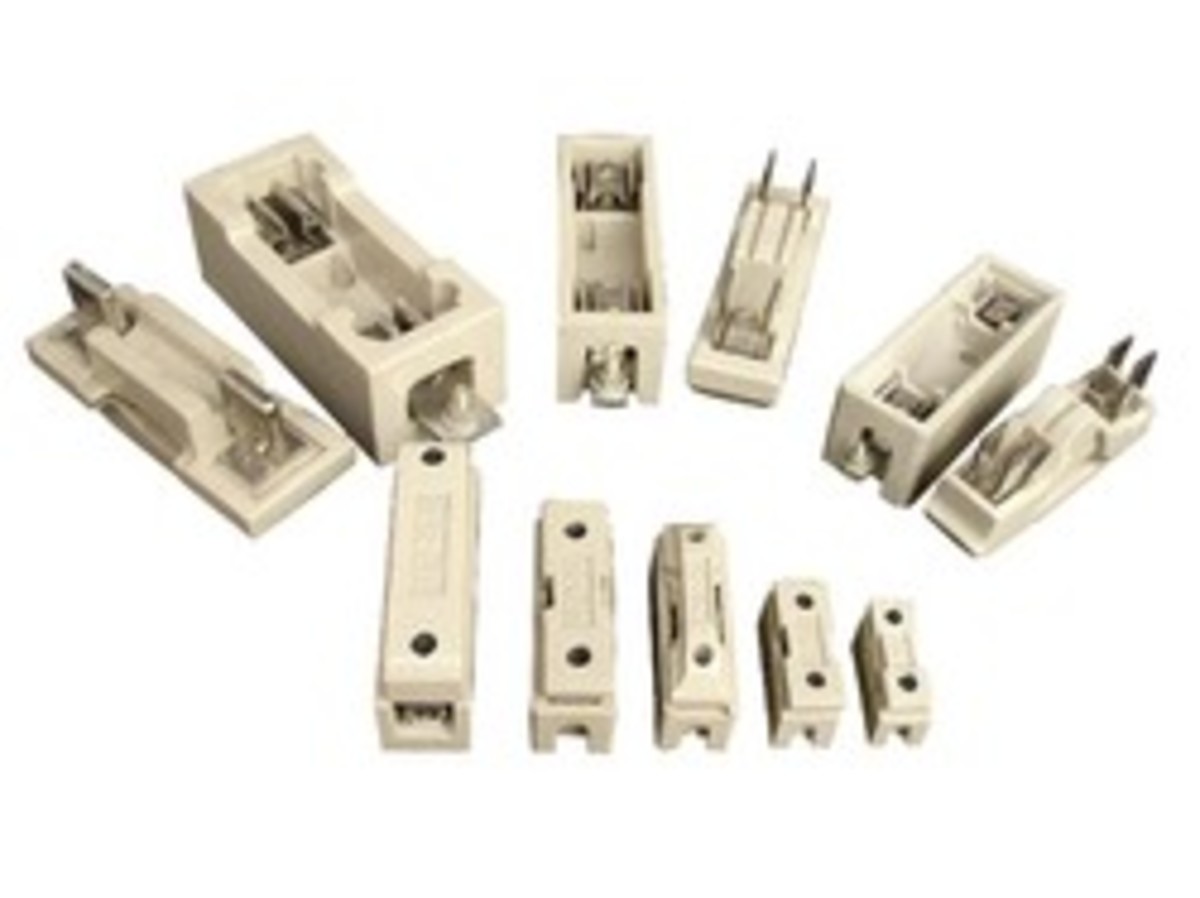A Complete Guide To Industrial Hoses
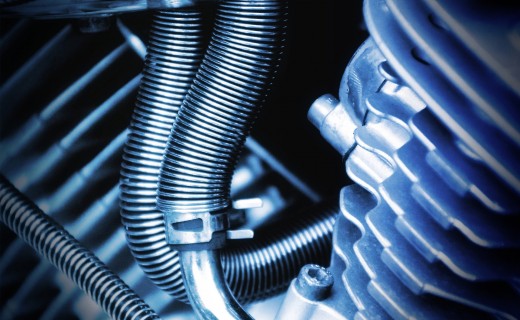
An Introduction to Industrial Hoses
An industrial hose is a flexible, incredibly durable piece of equipment that has the ability to bend to provide maximum efficiency for a variety of applications. Their most common use would be found within a majority of manufacturing equipment, capable of transporting various liquids and gasses such as water and nitrogen, and even solids such as abrasive sands and much more.
The hoses are commonly made of materials including PVC, polyurethane, polyethene, as well as manufactured and natural rubbers. To make these hoses more durable and able to withstand the harshness of certain chemicals, multiple layers of varying materials are used to reinforce them with different weaves and patterns to add to their strength.
The strength and durability of these types of hoses are all dependant on what industry they are being designed for. Firefighters will benefit from reinforced hoses due to the amount of fluid passing through the hose, whereas a heating system might benefit from the stainless steel variety. Chemical handling requires that all layers of industrial hoses handling harsh liquids and gasses must abide by the national and international rules and regulations.

A Further Introduction
Industrial hoses have to be incredibly tough, durable and maintain a consistently high performance level all because businesses and manufacturers that are using them, such as for ventilation, hot water handling, welding, food or beverage handling, petroleum and chemical transportation are all completely dependent on their efficient and functional operation. Manufacturers of dairy products, for example, will use many hundreds of feet of silicone tubing or hosing.
Manufacturers of dairy products, for example, will use many hundreds of feet of silicone hosing that require high sanitation and temperature control standards. The same can be said about the food and medical industries. Doctors working in hospitals rely heavily on similar sanitised industrial tubing for the safe transportation of fluids. The silicone hose is easily sanitised, making it ideal for these types of industry.
As stated previously, industrial hoses transporting harsh and rigorous chemicals, compressed gasses and volatile fuels must be designed to be incredibly durable and robust to successfully complete the operation. There is zero room for error in this side of industry, as a leak or accident caused by faulty hoses can have dramatic repercussions. Industrial hoses used for petrol and chemical industries are by far the most durable, with the capability of withstanding immense pressures.
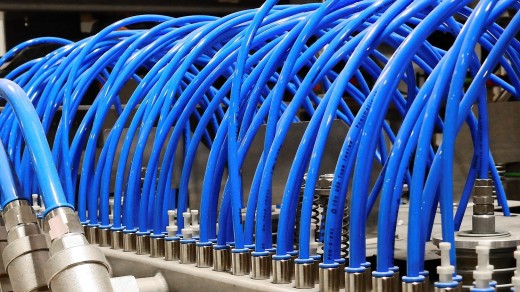
A look into Hose Assembly and Fittings
As we now know, industrial hoses are used in a wide variety of market sectors across the globe as an efficient means of transporting harsh chemicals, liquids or pressured gasses and fluids through machinery and equipment. There are an unfortunate amount of potential hazards that can cause great damage to workflow or to the health and safety of employees, meaning technology for functioning assembly and fittings has advanced significantly to prevent such failures.
Staple Adapters
Amongst the various industrial hose connectors out there today is the hydraulic staple adapter. These adapters are mechanisms that connect two ends of hoses firmly to enable the transportation of highly pressurised fluids, most commonly found in underground operations such as construction sites and mines. The connection itself is required to be held in place under the extreme pressure, so a staple lock (a curved piece of steel moulded to the shape of a staple "u" bend) is fed into the male and female ends of the hydraulic hose.
Rotary Staple Couplings
Some industries require a hydraulic hose that can maintain its primary function during high pressure fluid transfer whilst also moving freely due to vibrations caused by the working environment. For this purpose, a rotary staple coupling is used to reduce torsional stress by giving the hose the freedom to move during operation whilst maintaining a high pressure locking mechanism.
Hydraulic Hose Assembly Protection
The environments that industrial hoses are normally found can be incredibly dangerous and unsafe. That means there needs to be a solution available to protect the out layer of the hose to prevent any external damages. Hose coatings are available and designed to test against abrasion and extreme temperatures. Thes protective layers can be used for single or multiple hoses in a variety of industrial environments, and are even capable of withstanding heat from fire.
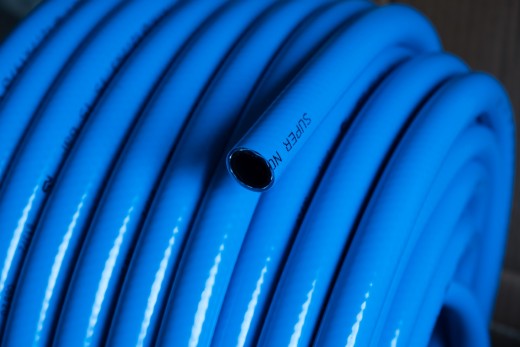
Industrial Hose Pressure Testing
It is vitally important to perform fully regulated industrial hose tests on all hoses in your operation. This benefits both efficiency in workflow and production, but most importantly prevents any potential accidents or serious injury to employees. One of the most common and popular choices of industrial hose testing is the Hydrostatic Pressure Test. This specific test is applied to existing hoses in machinery and equipment in order to check for leaks and damages that are causing or may cause a loss in workflow or possibly an accident.
There is a list of precautionary measures to take before applying the test to any industrial hose:
1. All preparations and precautionary measures must be carried out at least two days before the hydrostatic test is due to take place.
2. Individual hydrostatic pressure and temperate information for industrial hoses should be checked via the documentation provided for machinery and equipment.
3. All tools and equipment should be double checked prior to hydrostatic testing for any damage or inaccuracies when delivery the test.
4. Make sure that the tools and gauges that provide test results are calibrated and function correctly in order obtain an accurate test result.
5. Check that the pressure gauges are in an easy-to-reach location in order to obtain the information you require easily and safely.
6. Isolate any other equipment or hosing that is not involved in the hydrostatic pressure test to avoid any potential confusion.
7. Ensure that all ventilation is free from blockages and performing to the highest standard for the test.
8. Double check that a safety relief valve is available and calibrated to function properly.
9. Make sure the test area is isolated and clearly being used for test purposes should anyone decide to approach.
10. Ensure that all hoses being tested a tied down to prevent any accidental damage.
11. Do not begin testing if an issue is identified beforehand.
Informative Video on Industrial Hose Testing
Expansion Joints
Hose and piping systems are the core of many industrial markets. When the various liquids and solids we have discussed previously need to be moved, these pipes and hoses do the job. Metal expansion joints allow the movement of substances keeping them stress-free and removing the many opportunities for problems to occur. A group of expansion joints can be used at the same time to add even more flexibility or to increase the total amount of motion that is tolerated. Use specially designed expansion joints to prevent any workflow or accidental disasters.
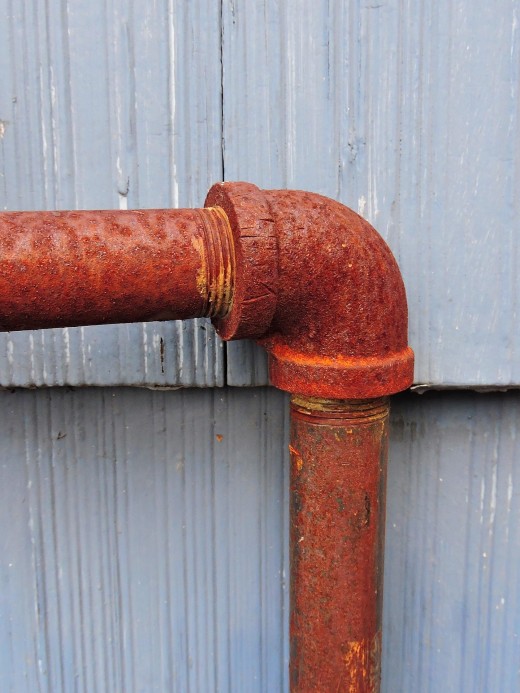
Conclusion
The flexible nature of the various designs of industrial hoses makes them dynamic and efficient for workflow within various market sectors and industries. The more recent innovations in hose technology mean that these industries can continuously increase productivity and make a maximum amount of profit. Regularly inspecting and testing these hoses is of vital importance several reasons, including production and health and safety.
We do hope this information has been useful to anyone seeking a high standard of industrial hose knowledge. Please take the time to take part in our poll below to obtain an idea of what industries require industrial hoses the most.





